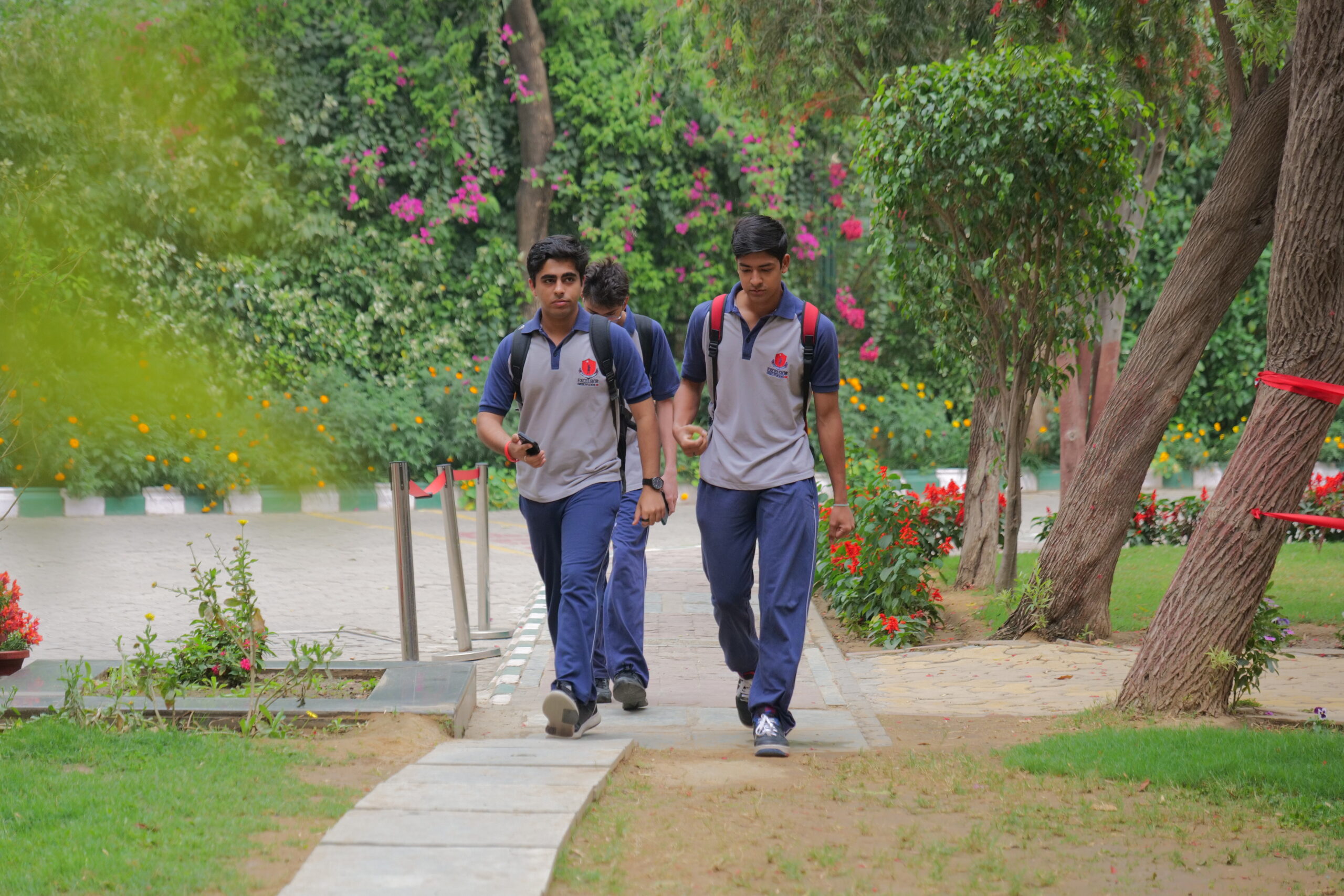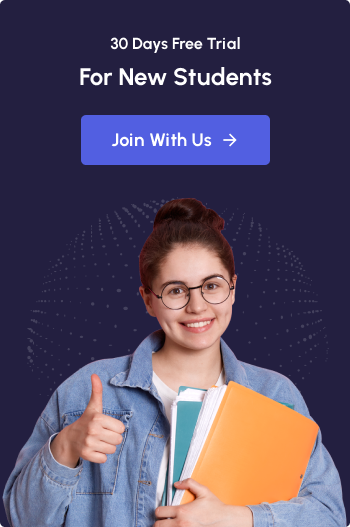Introduction:
The role of education has expanded beyond textbooks, chalkboards, and traditional classroom methods. At Excelsior American, the List of Best CBSE Schools in Gurgaon where in the modern world, technology integration has become the driving force of academic excellence, transforming how teachers teach and how students learn. For parents and students evaluating institutions from the schools, one of the most important factors is how effectively the school incorporates technology into the curriculum.
At Excelsior American School, technology is not an add-on but a core element of the learning environment. By blending digital tools with innovative teaching methodologies, the school raises academic standards, fosters curiosity, and prepares students for the future.
This article explores how classroom technology impacts learning outcomes, why it is essential for modern education, and the ways Excelsior integrates it across subjects to create future-ready learners.
Why Technology Matters in Education
1. Beyond Traditional Learning
Traditional education often emphasized rote memorization. Technology transforms this by allowing interactive, hands-on learning experiences where students actively engage with content rather than passively receiving it.
2. Preparing Students for a Digital World
Careers of the future will demand digital fluency. Integrating tools like coding platforms, AI resources, and cloud-based collaboration apps ensures students are job-ready from the start.
3. Personalized Learning
Every student learns differently. With adaptive technologies, teachers can tailor lessons to individual learning styles, ensuring that no child is left behind.
4. Global Connectivity
Technology connects classrooms to the world. Students can collaborate with peers globally, access international research, and engage with diverse perspectives.
How Technology Integration Raises Educational Standards
Enhanced Engagement
Digital classrooms promote interactive participation. Smart boards, simulations, and gamified lessons make complex concepts easier to grasp.
Improved Collaboration
Platforms like Google Classroom, Microsoft Teams, and Edmodo allow seamless collaboration between students and teachers, even outside school hours.
Real-Time Feedback
Assessment software and online quizzes provide immediate results, helping teachers identify strengths and weaknesses instantly.
Creativity and Innovation
From designing apps to creating digital art, technology fosters creativity by giving students tools to innovate and experiment.
Excelsior’s Approach to Classroom Technology
When parents explore the schools, they often evaluate how institutions apply technology in meaningful ways. Excelsior stands out through a holistic and thoughtful approach.
1. Smart Classrooms
Every classroom is equipped with digital boards, projectors, and interactive tools that bring lessons alive. Teachers use videos, animations, and simulations to deepen understanding.
2. Learning Management Systems (LMS)
The school employs LMS platforms that allow students to track progress, access resources, and submit assignments online. This transparency benefits both students and parents.
3. Digital Literacy Curriculum
Beyond regular academics, learners are introduced to coding, robotics, and artificial intelligence, ensuring they stay ahead in emerging technologies.
4. STEM Labs and Innovation Centers
Specialized labs provide a space for hands-on exploration. Whether it’s building robots, conducting virtual science experiments, or using 3D printing, students are encouraged to innovate.
5. Hybrid and Remote Learning Options
Technology integration ensures that learning never stops. With video conferencing tools and digital resource libraries, the school easily transitions into hybrid or remote learning when needed.
Impact on Teachers and Students
For Teachers
- Greater access to teaching resources like digital libraries and lesson planners.
- Real-time data on student progress for personalized interventions.
- Ability to collaborate with global educators.
For Students
- Higher engagement through interactive lessons.
- Development of critical thinking and problem-solving skills using tech-based projects.
- Exposure to global knowledge networks.
- Improved digital literacy that strengthens academic and professional prospects.
Blending Technology with CBSE Curriculum
The CBSE curriculum emphasizes a strong foundation in core subjects while also encouraging skill-based learning. Technology enhances this in several ways:
- Mathematics – Graphing software and simulations make abstract concepts concrete.
- Science – Virtual labs allow experiments beyond physical limitations.
- Languages – Language learning apps improve vocabulary and pronunciation.
- Social Sciences – Virtual tours and AR-based history lessons bring culture and geography alive.
Excelsior ensures that technology aligns with the CBSE framework, not as a replacement but as an enabler for deeper understanding.
Technology and Skill Development
Modern education is not just about academic scores—it’s about preparing students with life skills. At Excelsior, technology supports:
- Collaboration – Online platforms teach teamwork in virtual spaces.
- Communication – Digital presentations and storytelling tools enhance communication skills.
- Creativity – Students design projects, videos, and apps that showcase originality.
- Critical Thinking – Problem-solving with coding, data analysis, and simulations nurtures logical reasoning.
Parental Engagement Through Technology
Parents today seek schools that offer transparent and consistent updates. Excelsior integrates technology to strengthen the parent-school partnership:
- Mobile apps update parents on attendance, grades, and homework.
- Digital portfolios showcase student progress in real-time.
- Online conferences make it easier for working parents to stay involved.
This creates a collaborative ecosystem where parents, teachers, and students move forward together.
Future-Ready Learning Environment
As industries embrace AI, automation, and global connectivity, schools must prepare students for tomorrow. Excelsior does this by:
- Introducing coding from early grades.
- Encouraging entrepreneurship projects supported by digital platforms.
- Hosting hackathons and innovation challenges that simulate real-world problem-solving.
- Providing exposure to global collaborations, ensuring students are globally competitive.
Benefits of Technology Integration for Students
- Increased Engagement – Interactive learning keeps curiosity alive.
- Self-Paced Learning – Students can learn at their own speed through digital resources.
- Higher Retention – Visual and hands-on methods improve memory.
- Future Skill Development – Digital tools build employability skills early.
- Global Exposure – Students engage with international peers and knowledge platforms.
Comparison with Traditional Models
Traditional classrooms often limit learning to textbooks and exams. Technology integration redefines this by:
- Making lessons visual and experiential.
- Expanding resources beyond a single teacher or book.
- Allowing real-time tracking of performance.
- Connecting learners to global perspectives.
For parents checking the schools, these features often determine their final choice.
Student Testimonials and Experiences
Students frequently express that:
- They find lessons more enjoyable and engaging.
- Technology helps them understand tough concepts with ease.
- They feel more confident in presentations and projects.
- Collaboration with peers becomes smoother and more creative.
These experiences reflect the transformative role of classroom technology.
Parent Perspectives
Parents often highlight:
- Their children show improved confidence in digital tools.
- Homework and assignments become more organized with online submissions.
- Children become independent learners who seek information beyond textbooks.
- The school’s digital updates create a transparent relationship with teachers.
Such feedback reinforces why technology is a vital factor for families considering schools from the CBSE schools.
Challenges of Technology Integration and How Excelsior Overcomes Them
1. Screen Time Concerns
Balanced schedules ensure technology complements, not replaces, physical activities and face-to-face interactions.
2. Digital Divide
The school ensures access to resources for every child, bridging potential gaps.
3. Teacher Training
Regular professional development sessions help educators stay ahead in digital pedagogy.
4. Cyber Safety
Workshops on responsible digital citizenship make students aware of safe online practices.
Long-Term Impact on Students
Graduates from technology-rich classrooms are:
- Digitally fluent – Prepared for higher education and modern careers.
- Adaptive learners – Capable of adjusting to rapidly evolving industries.
- Global citizens – Equipped to thrive in multicultural, connected environments.
- Innovators – Ready to solve real-world challenges with creativity and tech-driven solutions.
Conclusion:
The integration of technology in classrooms is no longer a luxury; it is a necessity for raising academic standards and preparing students for life beyond school. At Excelsior American, the List of Best CBSE Schools in Gurgaon where by making technology a seamless part of learning, this school ensures its students not only excel academically but also grow as innovators, problem-solvers, and global citizens.
For families reviewing the schools, technology integration becomes a crucial benchmark. Excelsior’s approach—balancing digital learning with holistic development—sets it apart as a school where education is not just about the present but about creating leaders for the future.
In an era driven by digital transformation, Excelsior proves that when education and technology merge thoughtfully, learning becomes more impactful, engaging, and future-ready.


